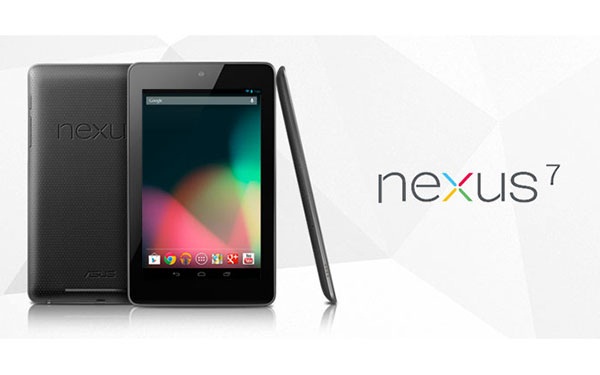All the Samsung Galaxy Note 3 Coming
The Samsung Galaxy Note 3 is set to be the follow up to the hugely popular Galaxy Note 2 phablet.
Interested in getting your hands on something bigger and better? Get the lowdown here before anywhere else.
Samsung Galaxy Note 3: Release date
The Samsung Galaxy Note 3 has broken cover with a suspected release date of 2013, but when can we expect to see this phablet emerge?Samsung has said it is switching focus at the beginning of 2013 to concentrate on its OLED displays - in small, medium and large formats. Moving its staff away from LCD and onto OLED development could mean it will be ready for production much sooner than previous rumours.
We think a Q3 2013 release could be on the cards - slightly later than its 2012 Galaxy Note August release date, but developing a 6.3-inch OLED display can't be easy work!
As of early March 2013, the current rumour, which allegedly comes straight from the mouth of a Samsung 'official', says that the Korean phone-maker will launch the Galaxy Note 3 in 'the latter half of the year'. It's worth mentioning that the Galaxy Note 2 emerged at IFA 2012. The annual show takes place in September, which falls in-line neatly with that latter half of 2013 rumour.
Samsung Galaxy Note 3: Price
Pricing on the Samsung Galaxy Note 3 is yet to even be rumoured, but we think it will probably be more expensive than the Galaxy Note 2. After all, the screen is much larger.Taking the price change between the 5-inch Galaxy Note and 5.5-inch Galaxy Note 5-inch into account, we think it could be around the £620 mark, which is a pretty hefty price to pay for a smartphone that's more a tablet, but designed to be a phone. Yep, confuses us too.
Samsung Galaxy Note 3: Features
The first Samsung Galaxy Note 3 rumour we've had is that it will feature a 6.3-inch OLED screen. This rumour comes from Korea Times, although they didn't give a source of the rumours.Other things we can expect to see on the Samsung Galaxy Note 3 is a faster processor, higher resolution screen and maybe even some more S Pen applications from Samsung.
The latest snippet of info claims the Galaxy Note 3 will share the same Exynos 5 Octa eight-core chip currently pegged to power Samsung's forthcoming Galaxy S4 flagship. With the Galaxy S4, this setup is said to sport 2GB of RAM and will be clocked at 1.8GHz - historically Galaxy Note smartphones have followed Galaxy S flagships, used the same processor architecture, had double the RAM and have been clocked at between 100MHz and 200MHz faster.
While 4GB of RAM on a Galaxy Note 3 seems unlikely (2GB would probably still be sufficient) a 2GHz processor speed isn't out of the question.
The display is now said to be 5.9-inches, no doubt much to the relief of many. It will likely still be Super AMOLED but with the number of Full HD 1080p screens running about these days we're wondering where Samsung is going to set the resolution.
Other features which will likely be inherited from the Galaxy S4 flagship include the expanded eye-tracking capability. Smart Scroll will apparently allow you to move around web pages simply by looking at parts of the display, while Smart Pause will automatically stop video feeds if you glance away.
Recent rumours suggest the Galaxy S4 will be made of plastic, similar to the materials used on the Galaxy S3 and Galaxy Note 2. It stands up that the Galaxy Note 3 will use the same material too. However, what's not so cut and dry is the design language. Multiple murmurings conflict on the issue, with some suggesting the design will be very similar to the existing Galaxy models, while others say Samsung is preparing a re-brand and a very different style. Whether this might also extend to the TouchWiz UI is also not known.
Leaked pictures of what looks like a very convincing Galaxy S4 suggest a more angular shape with sharper corners and if this is true we'd expect to see the same on the Galaxy Note 3. Samsung's promotional video ahead of the Galaxy S4 launch also shows the company may have dropped the Roman numeral (Galaxy SIII, Galaxy SIV) branding in favour of 'Galaxy S4'. Again we'd expect this to extend to the Galaxy Note 3.





























